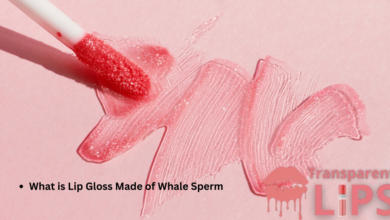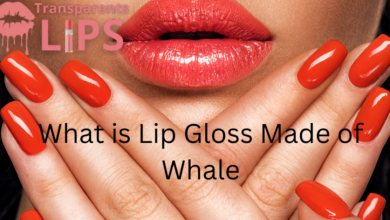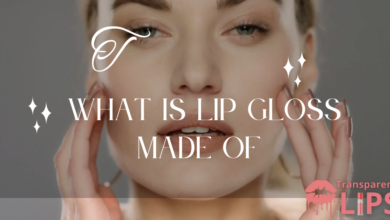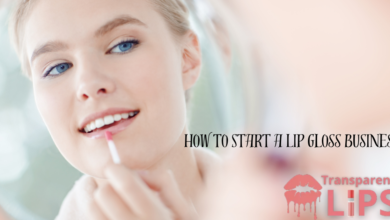Who Invented Lip Gloss

Who Invented Lip Gloss
People all over the world carry lip gloss in their makeup bags because it is so famous. Individuals of all ages use lip gloss for various purposes. People know that it keeps lips wet and adds a little color. It looks natural and shiny when used by itself, but you can also put it on top of lipstick to make the color stand out and your lips look bigger.
When it comes to the beauty business, lip gloss has a big impact. It’s good for people who want an easy make-up routine, as well as fashionistas who want to make a statement. Lip gloss is a must-have for both everyday use and high-fashion occasions because it mirrors trends and styles seen on the catwalks and in the hair and makeup of celebrities.
As new formulas and creative packaging keep it appealing to new generations of beauty shoppers, its success will persist. Even when it’s sheer or colored, sticky or smooth, lip gloss is still a sign of how beauty changes over time and how it can help people express themselves.
The History of Lip Gloss
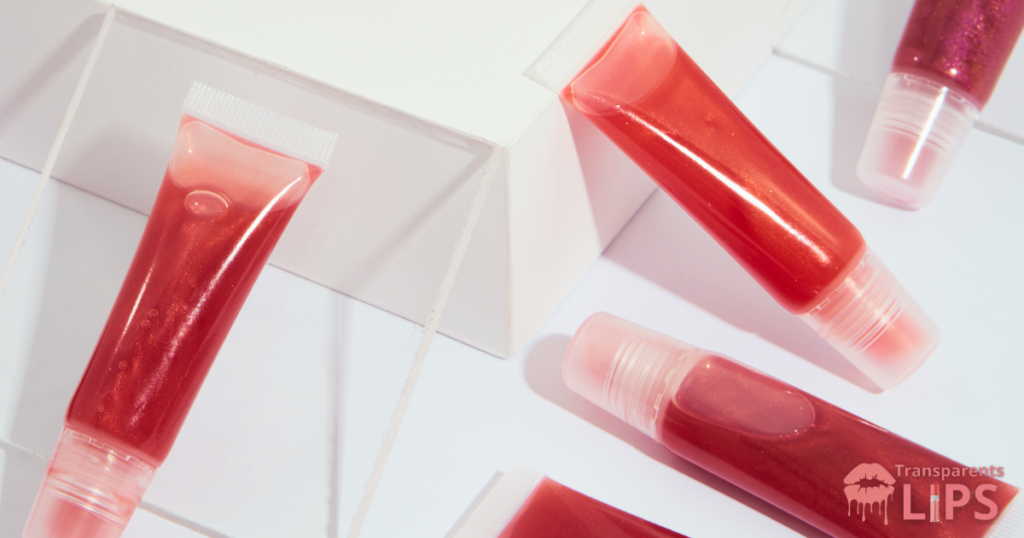
There were many kinds of lip decorations in the past, long before lip gloss became a popular must-have in every makeup collection. Improving lips is a thought that goes back thousands of years. People in earlier times used natural ingredients to color and shine their lips.
For example, women in Mesopotamia used crushed semiprecious stones to add color and sparkle to their lips. In the same way, the Egyptians were known for their intricate makeup. For example, they would use henna, flower, and fruit paints to color their lips.
Cultural and social changes happened simultaneously with lip coloring methods. During the Roman Empire, rice powder was sometimes used to make people look paler. People with more power liked to wear darker lip colors. Europeans started painting their faces during the Renaissance to get the look popular at the time: a pale face with naturally colored lips.
Later, in the 1800s and early 1900s, the makeup business became more organized. During this time, commercial lip products began to come out, but Max Factor didn’t come up with what we now call lip gloss until 1930.
Max Factor made lip gloss to give actors’ lips a shiny, perfect look on screen, but it quickly became famous outside of movies. For the first time, lip embellishments weren’t natural dyes or homemade mixes. Instead, they were easy-to-use, mass-produced products.
So, the history of lip decorations, from ancient methods to the creation of modern lip gloss, shows how cosmetics have changed over time, and how people from all countries and periods want to look better and express themselves through makeup. Lip gloss has deep historical roots that give every glossy application a bit of history.
The Inventor of Lip Gloss
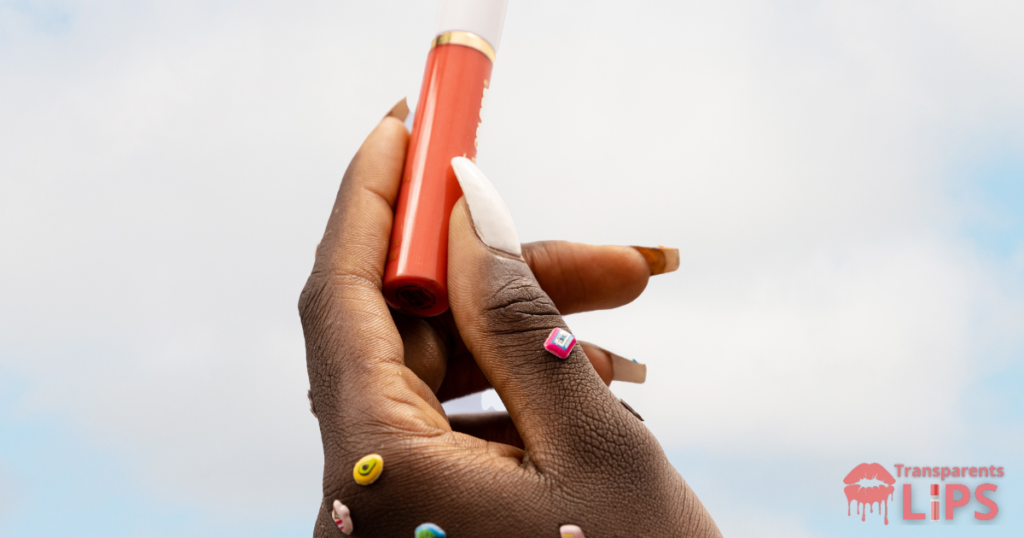
The name Max Factor is now associated with cosmetics. It was a major force in creating the modern beauty business. Max Factor was born Maksymilian Faktorowicz in Poland.
In the early 1900s, he moved to the United States and started changing the way people used makeup. His amazing inventions are well known, but he was also a visionary who made makeup more available to people outside of Hollywood.
Overview of Max Factor’s Contributions to Cosmetics
There are huge changes that Max Factor has made to the makeup business. He used makeup to help artists change their looks for movies and was one of the first people to see it as an art form.
He started being creative by making high-quality items that were made to work in movies and theatres. Using the idea of “color harmony” in makeup, he helped people pick out products that matched their natural looks. His work went beyond just making goods; he also came up with words like “makeup” and “lip gloss” that are still used today.
Circumstances and Context Leading to the Invention
Around the world, beauty standards were rapidly changing in the 1920s and 1930s because Hollywood was so successful. There was a greater need for makeup that looked natural on camera as movies became more famous. In the harsh lighting of the time, traditional makeup was often too thick and didn’t look natural on set.
Max Factor was created because actors and actresses needed products that addressed their specific needs while shooting. Because of this challenge, he came up with the first lip gloss, which changed not only how lips looked on camera, but also how regular people could add a touch of glitz to their look.
The introduction of the First Lip Gloss in 1930
In 1930, Max Factor made lip gloss, which is now a popular beauty product. At first, it was called “X-rated” lip polish, because it was made to make actors’ lips look bright and shiny so they would stand out on screen.
Unlike the matte lipsticks of the time, this new product added moisture and shine, giving lips a new look that people quickly wanted to wear outside of movies. There was an immediate response from women all over the world who wanted the beautiful sheen they could now get without going to a studio.
This creation was yet another example of Max Factor’s brilliance and deep knowledge of both the movie business and what people want. It solidified his reputation as a leader in modern cosmetics.
Characteristics of the First Lip Gloss
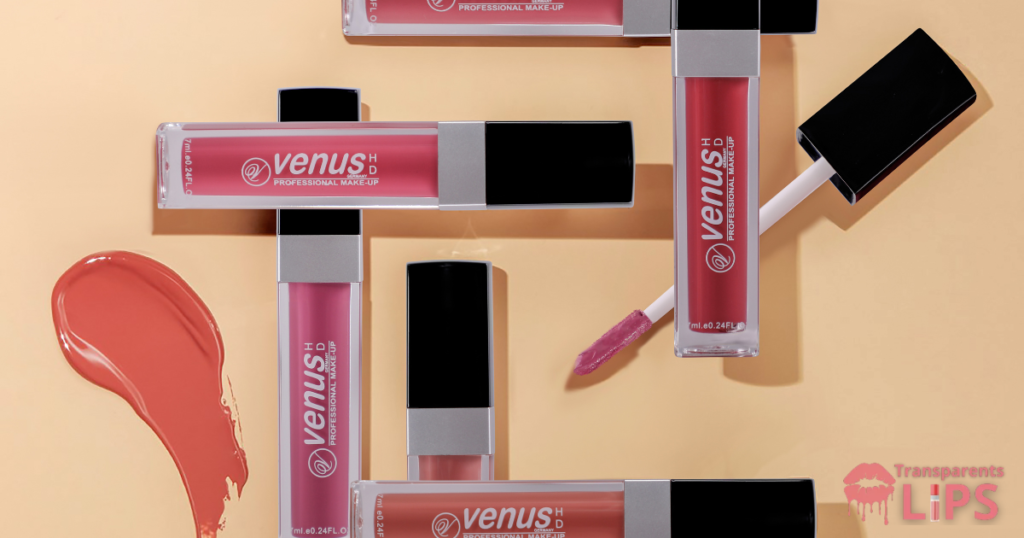
Composition and Formula
The ingredients and recipe of Max Factor’s first lip gloss, which came out in 1930, were completely new. Unlike other lip products on the market at the time, it was made to have a shiny finish that looked like healthy lips naturally shine.
Thickening agents in the mix helped the gloss stay on the lips, and emollients kept the lips moist and stopped them from drying out. With these two ingredients, the gloss not only looked good but also protected the lips in some way.
Marketing and Consumer Reception
Both movie stars and regular people became interested in Max Factor’s lip gloss quickly. When it was first sold, it was highly advertised as a product that could make people look like movie stars. Many people wanted to look like the glamorous stars they saw on TV and in movies, so the idea of getting “lips like Hollywood stars” sounded appealing.
Advertisements took advantage of this attraction by showing actors with bright lips as the most stylish and sophisticated people in the world. Most people who bought it liked it. Women liked the glossy, slight shine it gave them, which was different from the heavy, matte lipsticks popular at the time.
Because of this, lip gloss became an important part of many people’s beauty routines, becoming famous for its easy way of bringing out one’s natural beauty.
Impact of Lip Gloss on Modern Cosmetics
Influence on Subsequent Lip Products
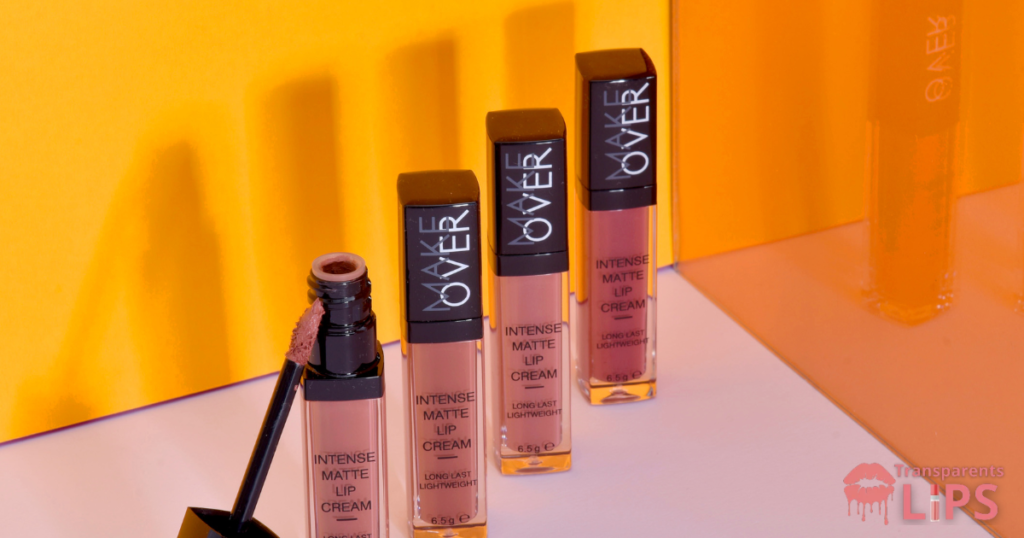
Lip gloss changed the realm of makeup by giving lip products a whole new range of uses and appeal. Because it was so successful, many new products in the beauty business were made from its ingredients.
Tinted lip glosses were made by adding small amounts of color to the base recipe of lip gloss as it became more popular. This lets people get a bit of color, along with the high shine that gloss offers. And as time went on, lip balms with extras like SPF protection and vitamins for lip care started to appear.
The idea of gloss set a new standard for lip products by mixing good looks with health benefits. It led to sheer lipsticks, lip oils, and balms that contain both glossy and healthy ingredients.
Lip Gloss’s Role Within Fashion Trends and Cultural Shifts
Gloss became more than just a beauty product; it became part of important culture and fashion movements. When it came to fashion in the 1970s and 1980s, lip gloss’s shiny, bright finish matched the decade’s bright and bold style.
People could show off their flare and freedom in their style with this product. As fashion cycles changed, lip gloss changed with them, going from natural looks to bold statement looks with ease.
Lip gloss also had a big impact on culture by changing views of beauty to include people with different skin tones and tastes. It promoted a new idea of natural beauty that made many people more open to their uniqueness, making it a role model for variety in the cosmetics industry.
FAQs
What was the original purpose of lip gloss?
In its early days, lip gloss was made so that actors could use it to make their lips look bright and shiny on camera. People came up with this idea to fix a problem with regular matte lipsticks: they looked dull in the bright lights of movie sets.
How did Max Factor’s lip gloss differ from earlier lip products?
In contrast to earlier lip products, Max Factor’s lip gloss had a shiny finish instead of a matte one. It had a special recipe with thickening agents and emollients that gave the lips shine and moisture. This made it different from the heavier lipsticks of the time.
Why was lip gloss so popular among the public?
Lip gloss became popular with regular people because it could make them look like Hollywood stars. Gloss had a soft, shiny sheen that looked more natural and appealing than matte finishes, so regular people could imitate movie-star grace in their beauty routines.
Did lip gloss influence the development of other cosmetic products?
Indeed, lip gloss had a big impact on the creation of other beauty items. Because it was so popular, tinted glosses, glosses with SPF, and items like lip oils and balms that were both glossy and good for your lips were made. It also set a standard for how makeup can combine looks with useful properties.
.
Conclusion
Lip gloss has left a big mark on the beauty business, and its influence on modern beauty standards is still felt today. Lip gloss has become a sign of effortless grace and all-around beauty since Max Factor created it. It changed the way we think about cosmetics by finding a balance between how they look and how well they work.
This led to the creation new, creative lip products that put health and style first. People around the world still keep lip gloss in their makeup bags, because it’s a quick and easy way to make themselves look better. Its legacy lives on in the way it can adapt to new fashion trends, while still telling us how beautiful naturally glossy, bright lips look.
